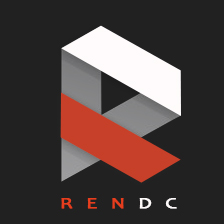21⟩ What are all the Base services provided by the OS?
Task preemption
Task priority
Semaphores
Interprocess communications (IPC)
Local/Remote Interprocess communication
Threads
Intertask protection
Multiuser
High performance file system
Efficient memory management and
Dynamically linked Run-time extensions.


